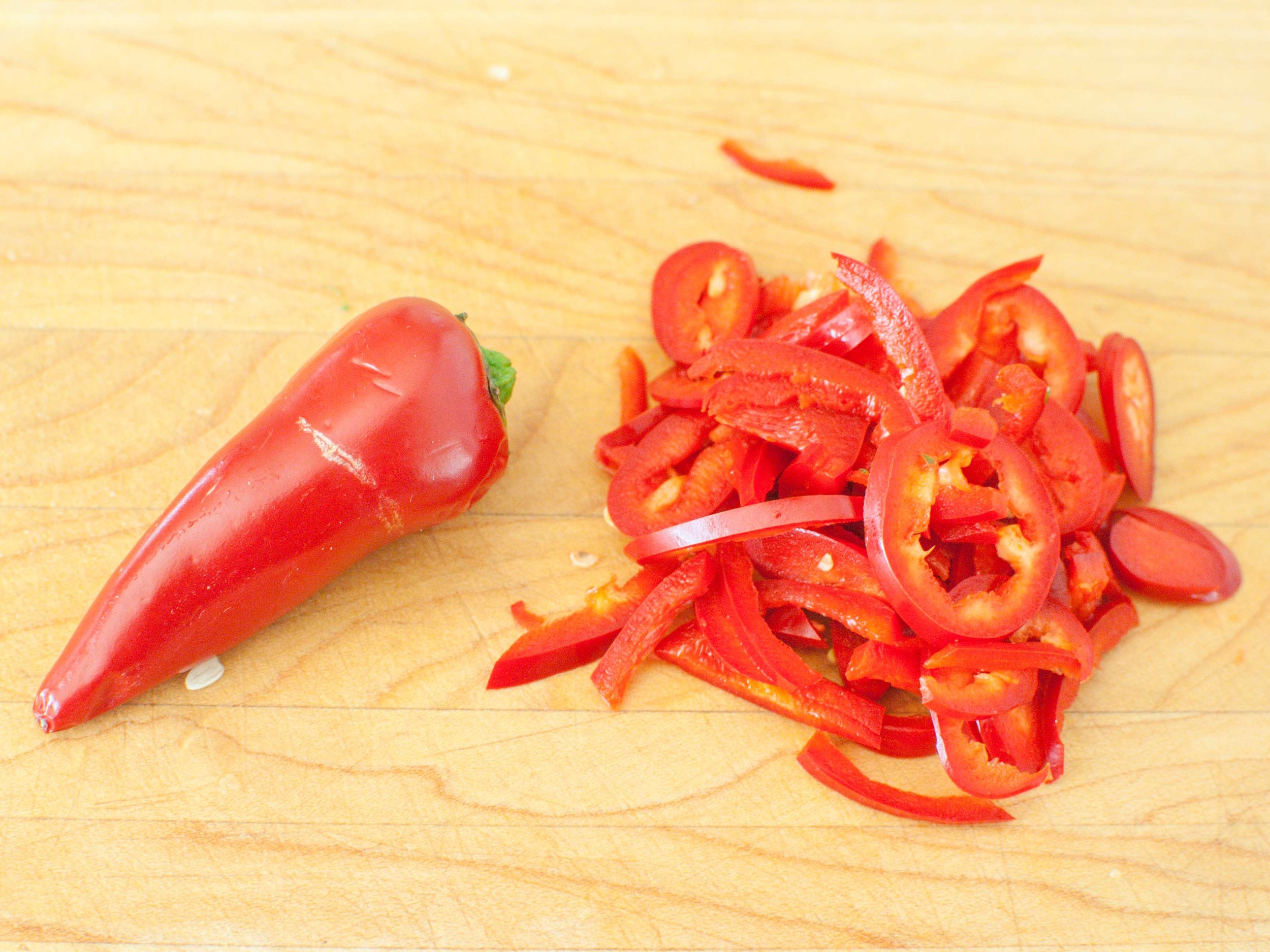These crispy, spicy fish cake fritters are so fun to eat! They are perfectly sized for a shared appetizer or for the fingers of little children. We made them less spicy for the preschool-set, but feel free to adjust to your fiery tastebuds' delight. The long beans add a bit of extra texture to the fritters, and the cucumber relish infuses each bite with sweetness, tanginess, spiciness, and crunch!
Notes: Since the heat and saltiness of curry pastes and fish sauce can vary a lot from brand to brand, I recommend frying a little tester patty to see how it tastes and then adjusting the seasonings to your liking. Start with the smaller amounts and then ratchet up from there.
Long beans are found in Asian grocery stores, but you can substitute green beans if you can't find them. Fish paste is found at the seafood counter or frozen section of Asian grocery stores. If you can't source already prepared fish paste, you can make your own at home. Buy any firm white fish fillet - grind it up in a food processor or blender with 1-2 ice cubes until you have a fine paste.
Read More: The Shared Thai Fish Cakes
Time: 30 minutes
Serves: 4-6 as an appetizer
1 lb fish paste
¾ cup long beans, chopped into small pieces
3 tablespoons makrut lime leaves, thinly sliced
1-2 tablespoons red curry paste, to taste
2 teaspoons brown sugar
1 egg lightly beaten
2 teaspoons fish sauce or more to taste
Oil for frying
Cucumber Relish (see recipe below)
Make cucumber relish (see recipe below) and set aside while making the fish cakes
Combine all ingredients in a large bowl. Stir well until ingredients are evenly distributed.
Heat oil over medium-high heat. You will need about 3 inches of oil for frying. Drop a small amount of fish mixture into the hot oil and fry until brown to do a taste test. Different brands of curry paste and fish sauce can vary in saltiness and intensity. Adjust the seasoning to your liking - more curry paste to make it spicier and more fish sauce to make it saltier.
Set cooling rack over a paper-towel lined baking sheet, and set aside. Set a small bowl of water and fish mixture near the stove. Use the water to wet hands. Spoon about 2 tablespoons of the fish mixture into your hands (roughly the size of a golf ball), and flatten into a patty (⅓-½ inch thick). Carefully drop patty into the oil, and repeat, being careful not to overcrowd the pot. Fry the patties until they are puffy and brown. Remove from oil and drain on the prepared rack.
Devour Tod Mun while still hot, topped with Cucumber Relish.
Cucumber Relish
½ lb seedless cucumber (such as English or Persian), peeled, small dice, including watery center
½ cup peanuts, crushed with a rolling pin or finely chopped
2 cloves garlic, minced
¼ cup red jalapeno, seeded, thinly sliced or 1-2 Thai bird chilies, thinly sliced (jalapeno is much less spicy)
3 tablespoons rice vinegar
2 tablespoons sugar
1 teaspoon kosher salt
¼ cup thinly sliced shallot (about ½ of a large shallot)
Combine all ingredients in a bowl and stir well. Taste and adjust seasonings. Cucumbers will release a lot of liquid, which creates a sauce for the Tod Mun. Let sit for at least 10 minutes before serving.


























